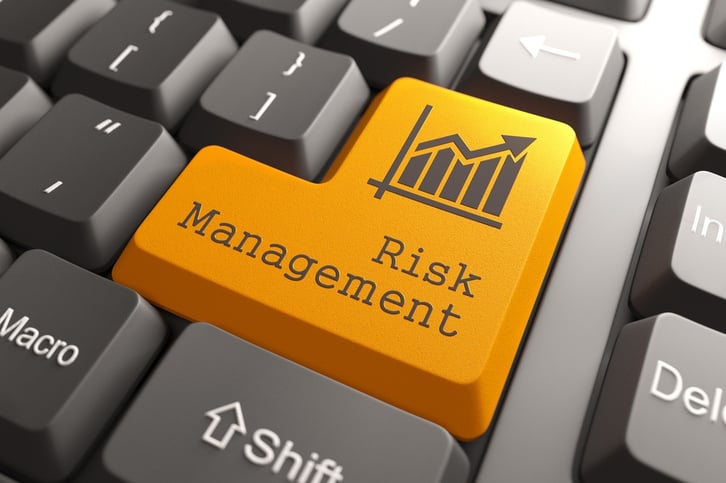
Last week, the HSA has actively begun a campaign targeting vehicle risks at work and initiated inspections, focusing on four sectors in particular: Transport and Logistics, Wholesale and Retail, Waste and Recycling and Manufacturing.
The whole purpose of this campaign is to ensure all employers are aware of their responsibilities for managing risks connected with the use of vehicles at work, to help decrease the number of incidents and eliminate the contributory factors.
Within the last six years, around 45% of all workplace fatalities have involved vehicles. In the same period nearly one in five (18%) of all non-fatal accidents were vehicle related.
An analysis of HSA accident statistics indicates that the majority of these fatalities occurred as a consequence of manoeuvring, reversing or coupling and uncoupling vehicles. Non-fatal injuries generally occurred during the manual handling of loads or as a result of falls from vehicles.
Deirdre Sinnott, a Senior Inspector within the HSA, says that risk can be reduced by focusing on four key areas.
“Firstly, employers should have a vehicle risk management policy that covers all vehicle related activities in the workplace. This includes not only vehicles operated by employees but also those visiting that need to be managed and controlled. It is also important that procedures are in place to eliminate and control known risks associated with: driving for work, loading and unloading, deliveries and collections, parking, reversing and manoeuvring. Then safety information, instruction and training should be provided for all employees and finally, a method to record and learn from all incidents or near misses and take corrective action where necessary.”
This will include enforcement, education, raising awareness, research and statistics, new guidance and working with key stakeholders to influence a sustainable reduction in the numbers of workers and others injured and killed in vehicle related incidents in the workplace and on the road.
Telematics itself as well as fleet management software can help in researching risk factors in fleets and in managing them by organising continuous driver training and education. Raising awareness is helped by organising driver challenges that focus on safe driving, and offers the additional benefit of improving fuel efficiency.





